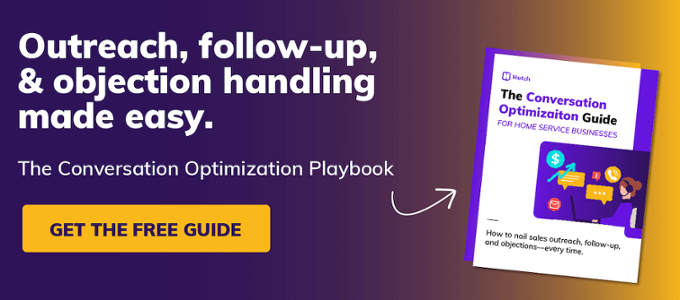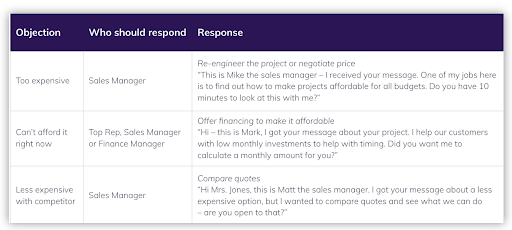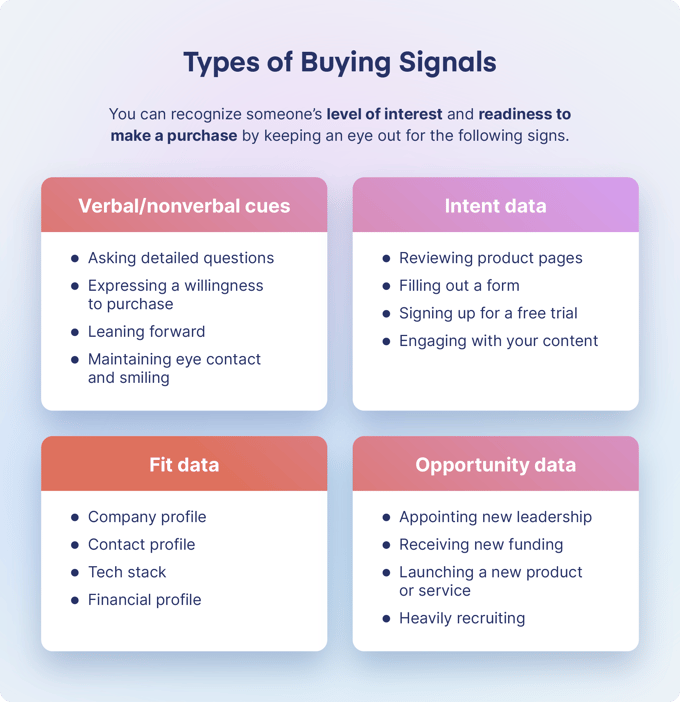Sales conversations can be difficult for even the most seasoned of pros. Anything can happen during a cold call or even at the bottom of the sales funnel.
.jpg?width=750&height=500&name=sales-techniques-meme%20(1).jpg)
So I’ve put together seven sales techniques you can use in your conversations with prospects that can help you crush your sales goals with flying colors.
7 sales techniques to try now
Let's dive into some of the sales techniques that you can use to close more sales!
1. Research & prepare
Preparation is key to having effective sales conversations. You need to do your homework on your prospects before you reach out to them. This will help you tailor your message, anticipate their needs, and avoid wasting their time.
To prepare, research your prospects’ background, industry, and competitors. Use tools like LinkedIn and Google to find out their role, responsibilities, goals, challenges, or anything else. Identify your prospects’ pain points and desired outcomes. Also, prepare a list of talking points based on your research.
.png?width=512&height=512&name=sales-techniques-research-prepare%20(1).png)
Image source
2. Build rapport & trust
Rapport and trust are essential for establishing a relationship with prospects and influencing their decisions. You need to make your prospects feel comfortable and valued when talking to you. This will help you create a positive impression, reduce resistance, and increase receptivity.
To build rapport, use the S-CONNECT method:
- S- Stay in the present moment
- C-Create open body language
- O-Observe non-verbal cues
- N- Notice what your 'gut' tells you is going on
- N- Nurture the conversation
- E- Engage with eye contact
- C- Convey warmth with your voice tone
- T- Talk less, allowing the other person to talk more.

3. Focus on the value of the solution, not its features
Value-based selling is more effective than feature-based selling. Features are the characteristics or attributes of your solution, such as size, color, speed, or price. Value is the benefit or outcome that your solution provides to your prospects, such as solving a problem, saving time or money, or improving quality or performance.
.png?width=512&height=362&name=sales-techniques-features-vs-benefits%20(1).png)
Image source
4. Ask open-ended questions & listen actively
Open-ended questions and active listening are crucial for engaging prospects and uncovering their objections, motivations, and preferences. Open-ended questions are questions that require more than a yes or no answer. They encourage prospects to share more information, opinions, or feelings. Active listening is the process of paying attention, showing interest, and providing feedback to what prospects say.
Some examples of open-ended questions include:
- What do you hope to accomplish?
- What are your biggest pain points today?
- What would help you feel better about [problem]?
- What other strategies have you tried in the past?
- What is your ideal [price, timeline, etc.]
5. Handle objections & rejections gracefully
Objections and rejections are inevitable in sales conversations, but they are not necessarily deal-breakers. Objections are statements or questions that express doubt, concern, or resistance from prospects. Rejections are statements or actions that indicate refusal or disinterest from prospects.
Objections are really just opportunities for further engagement. When you do inevitably get rejected or objected, validate your prospect’s concerns and ask follow-up questions. Don’t cut them off and listen fully to what they have to say. Once you’ve listened you can respond strategically.

6. Use persuasive storytelling & social proof
Storytelling and social proof are powerful persuasion techniques that can influence your prospects’ emotions and decisions. Storytelling is the art of using narratives to convey a message or a lesson. For example, you might tell the story of a customer similar to them that succeeded with your product or service.
Social proof is the phenomenon of people following the actions or opinions of others. Easy ways to provide social proof are by sharing reviews and ratings, endorsements from well-known brands or influencers, or just your sheer number of customers.
7. Close the sale with confidence & urgency
Obviously closing the sale is the ultimate goal of any sales conversation, but you have to have the confidence to do so. Recognize any buying signals like the qualified lead asking about warranty or about the contract details. Think on your feet in case of any last-minute objections.
Some effective techniques include:
- Offering a discounted but less attractive offer
- Listing out pros and cons for them
- Using testimonials and case studies
- Giving them a freebie
- Showing visuals

Image source
Start using these sales techniques now
As I mentioned, sales conversations can be tricky, but with these seven techniques, you can better communicate, connect, and convince your prospects to buy from you. Start using them now!
Here's a recap of the seven sales techniques:
- Research and preparation
- Rapport and trust
- Value over features
- Questions and listening
- Objections and rejections
- Storytelling and social proof
- Confidence and urgency
